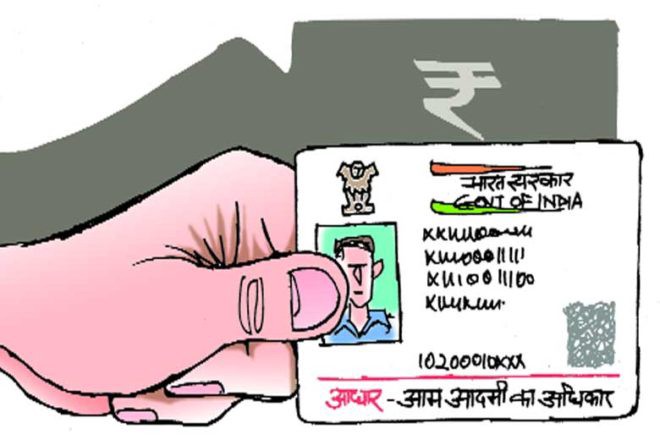The purpose of Aadhaar is written in the title of the Aadhaar Act 2016 itself, as if to ensure that there is no confusion about it — The Aadhaar (Targeted Delivery of Financial and Other Subsidies, Benefits and Services) Act, 2016. It further states this is “An Act to provide for, as a good governance, efficient, transparent, and targeted delivery of subsidies, benefits and services, the expenditure for which is incurred from the Consolidated Fund of India, to individuals residing in India through assigning of unique identity numbers to such individuals…” This is in line with the fact that a vast majority of the people who support Aadhaar do so for its use in rationalising, and the targeted delivery of government subsidies and services.
The current demand of the government to link Aadhaar to mobile numbers, bank accounts which are not receiving any subsidies and don’t anticipate receiving them in any conceivable future, to passports, PAN cards, Demat accounts, large purchases, and so on, is simply illegal. It betrays not just public service, but public servile mentality. Maybe the government that passed the Aadhaar Act should not be so cavalier about the sanctity of its own legislation. Maybe it should leave that to the future governments.
The second critical part of the purpose statement that needs to be remembered is that Aadhaar will be used for “subsidies, benefits and services, the expenditure for which is incurred from the Consolidated Funds of India…” This clearly exempts all private goods and services, the expenditure for which is incurred by households and companies. It should exempt services provided by state and local governments as well.
Taking the purpose of the Act in its totality, it is evident that the use of Aadhaar is allowed for the subsidies, benefits and services provided only by the Union government. Those provided by private entities, and state and local governments are exempted. One hopes that the Supreme Court in its current hearings on the ‘Aadhaar Case’ would first consider the scope of Aadhaar as per the law that was passed by the Parliament and published in the Gazette of India.
Once the accurate delineation of the scope of Aadhaar is achieved, let’s first get the primary use of Aadhaar working well. Let’s implement it and test it for public services and subsidies. Even after several years of pilots, large and small, there are serious challenges on the ground. One does not have to be anti-Aadhaar to recognise these challenges and acknowledge their serious impact on the lives and livelihoods of those who are especially vulnerable to its effects.
For its own credibility, the government needs to demonstrate its capacity to master these challenges. Given how UIDAI and the government have responded to questions and criticisms, even the supporters of the idea of Aadhaar would have grave doubts regarding the state capacity to address existing and emerging challenges fully with transparency and accountability.
The Aadhaar Act is unambiguous about the legal and legitimate use of Aadhaar. The government needs to focus on that and demonstrate its capacity, sincerity and integrity to deliver on it. That itself will be a historic achievement.
Post Disclaimer
The opinions expressed in this essay are those of the authors. They do not purport to reflect the opinions or views of CCS.






